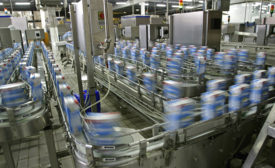Moving ammonia out of occupied spaces
Classified as a natural refrigerant, ammonia is lauded for excellent thermodynamic properties, relatively low cost and minimal environmental. But, its toxicity also makes it a potentially deadly refrigerant.
Read More





